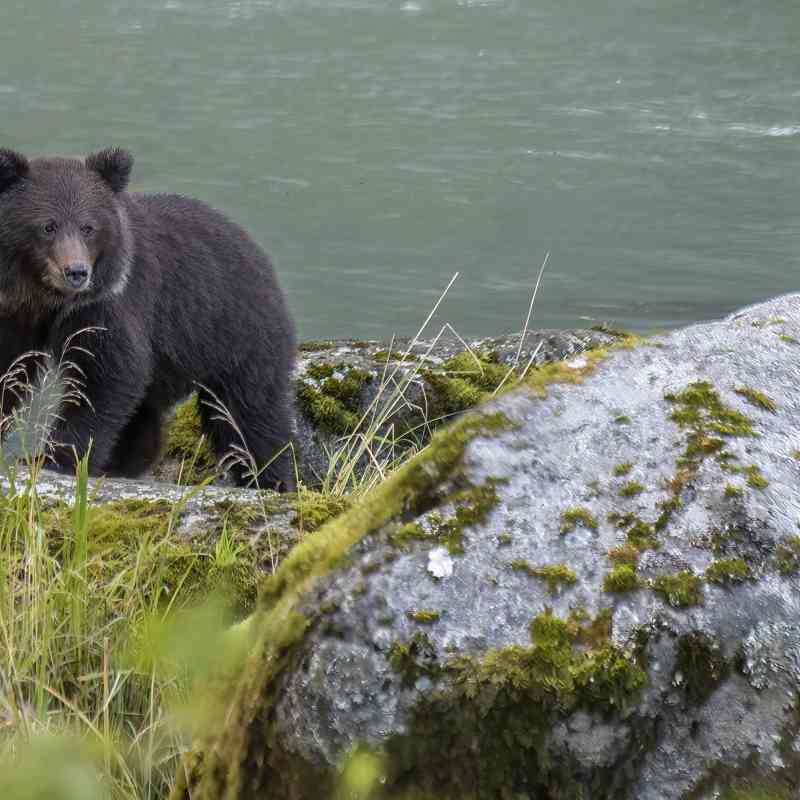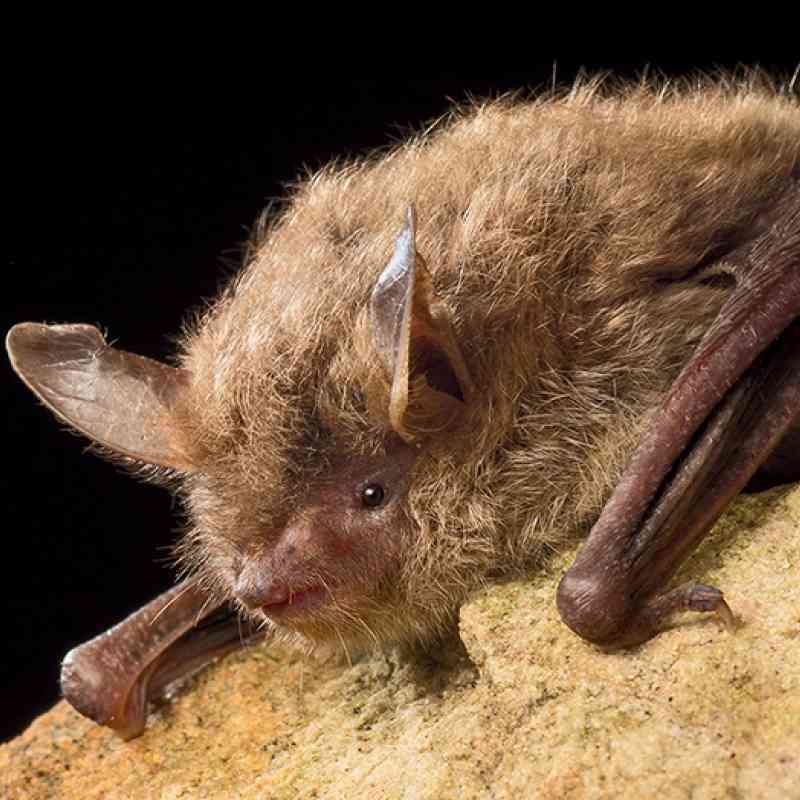FOR IMMEDIATE RELEASE
Date: January 12, 2016
Contacts:
Haley McKey, 202-772-0247, hmckey@defenders.org
Melanie Gade, 202-772-0288, mgade@defenders.org
U.S. Fish and Wildlife Service bans import of salamander species in the face of deadly disease
WASHINGTON – The U.S. Fish and Wildlife Service (FWS) has taken emergency precautionary action to stem the spread of a deadly fungal disease that could potentially wipe out the almost 200 salamander species native to the United States. The need for strong restrictions on the international pet trade in salamanders was recently recognized by the European Union and the United States is now acting to implement interim emergency control measures barring the importation into the United States of species from twenty genera of salamanders. As the disease, Batrachochytrium salamandrivorans (Bsal), is thought to spread through international trade, controlling the importation of salamanders is the most effective way to ensure that salamander populations in the United States remain disease-free.
While the conservation community has called for a trade suspension on all salamanders while disease testing mechanisms can be developed, the interim final rule FWS announced today under the Lacey Act covering twenty genera of salamanders nevertheless is an important step in the right direction and is estimated by FWS to cover more than 95 percent of the species of salamander currently coming into the United States.
Jamie Rappaport Clark, president and CEO of Defenders of Wildlife, issued the following statement:
“The U.S. Fish and Wildlife Service is to be commended for taking this important first step in protecting this country’s native salamanders. The interim regulation announced today is projected by the Service to cover more than 95% of the salamanders currently coming into the country. While this is a very positive development, we urge the Service to take further measures to temporarily close our borders to all international salamander trade, not just trade in certain species. This will prevent the trade from shifting over time to other species of salamanders not covered by the interim rule.
“While the agency waits for additional scientific testing to be completed on all species of salamanders, the adoption of a complete closure is the only way to ensure the long-term conservation of U.S. salamander diversity.”
###
Get the latest Defenders news on Twitter @defendersnews.
Past press statements are available in our newsroom and be sure to visit our multimedia library and reporter resources pages for more info, including free-use photos.
Defenders of Wildlife is dedicated to the protection of all native animals and plants in their natural communities. With more than 1.2 million members and activists, Defenders of Wildlife is a leading advocate for innovative solutions to safeguard our wildlife heritage for generations to come. For more information, visit www.defenders.org.
Defenders of Wildlife is celebrating 75 years of protecting all native animals and plants in their natural communities. With a nationwide network of nearly 2.2 million members and activists, Defenders of Wildlife is a leading advocate for innovative solutions to safeguard our wildlife heritage for generations to come. For more information, visit defenders.org/newsroom and follow us on Twitter @Defenders.

